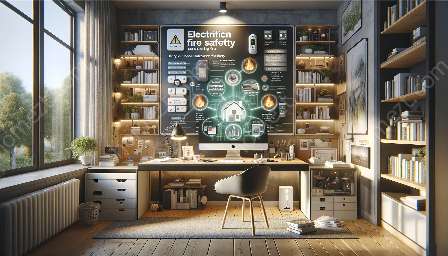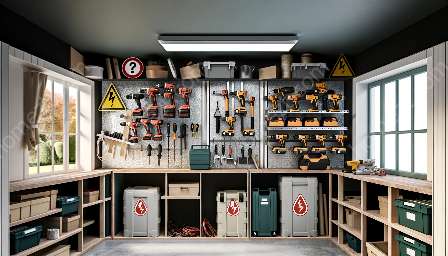Electricity is an essential part of modern life, powering our homes and providing the energy we need for our daily tasks. However, it's crucial to understand the basics of voltage, current, and wattage to ensure safety and security within our homes. In this guide, we will explore these concepts in detail and how they relate to home electrical safety.
What is Voltage?
Voltage is a measure of the force or pressure of electric current. It is the potential difference in charge between two points in an electrical field. In simple terms, it's what pushes the current through a conductor. In a home electrical system, voltage is commonly provided at 120 volts in the United States and 230 volts in many other countries.
Understanding Current
Current refers to the flow of electric charge through a conductor. It is measured in amperes (amps) and represents the quantity of electrons flowing past a specific point in an electric circuit over a specific amount of time. The amount of current flowing through a circuit determines how much work can be done and is an important factor in home electrical safety.
Exploring Wattage
Wattage is a measure of the rate of energy transfer within an electrical circuit. It is the product of voltage and current (watts = volts x amps) and represents the amount of power consumed or produced by an electrical device. Understanding wattage is crucial for selecting and using electrical appliances and devices safely in homes.
How Voltage, Current, and Wattage Relate to Home Safety
Understanding these concepts is essential for maintaining home electrical safety. Properly managing voltage and current in the household can help prevent electrical hazards such as shock, electrocution, and electrical fires. By using the right wattage-rated appliances and ensuring that electrical circuits are not overloaded, homeowners can significantly reduce the risk of accidents and maintain a safe living environment.
Home Safety & Security Considerations
In addition to understanding voltage, current, and wattage, homeowners should also consider other aspects of home safety and security. This includes having working smoke detectors, practicing fire escape plans, securing windows and doors, and using home security systems to protect against intruders. Taking a holistic approach to safety and security ensures a well-protected home for you and your family.
Conclusion
Understanding voltage, current, and wattage is crucial for maintaining home electrical safety and contributing to overall home safety and security. By knowing how these concepts work and how they relate to our daily lives, homeowners can make informed decisions about their electrical systems and protect their families and their homes. Remember, safety always comes first when dealing with electricity!



















